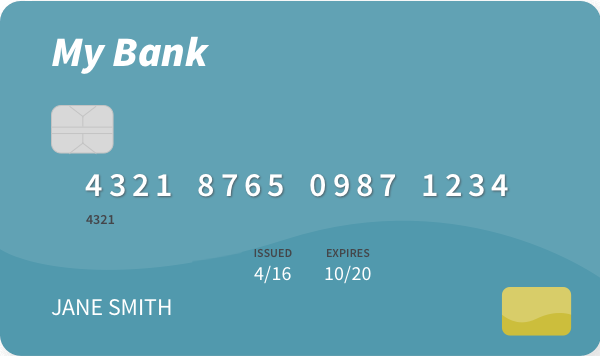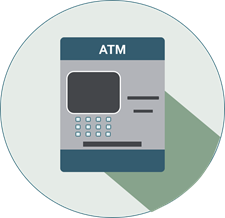Article summary: Mobile banking lets you view account balances, send money to friends, and deposit checks — all on the go. See why mobile banking is modern banking.
Mobile banking — the use of a handheld device to manage your money — makes it easy and convenient to access your accounts on the go. Using a smartphone or tablet, you can do most things you would at a bank, but from anywhere you have internet or mobile service. [1, 2]
Most people in the U.S. have embraced mobile banking as the ideal way to access their finances. According to the Federal Deposit Insurance Corporation, roughly 19 million American households use mobile banking.
Here’s what mobile banking could do for you and your finances.
IS MOBILE BANKING THE SAME AS online banking?

Online banking generally means using the internet to do things like view account balances, pay bills, and transfer funds. [3,4]
Mobile banking is a type of online banking, but it specifically involves the use of a mobile device and a banking app. An account holder can usually download their bank’s app for free and connect to their accounts to complete banking tasks.
Generally, a mobile banking app allows you to: [1,2]
- Deposit checks
- Send payments
- Transfer funds
- View balances and account activity
- Use budgeting tools
- Find ATMs and branch locations
- Get banking alerts and notifications
- Access an ATM without a debit card
- Turn off lost or stolen cards
- Contact customer service
GETTING STARTED WITH MOBILE banking
The mobile banking experience can vary from bank to bank, but this simple step-by-step guide can help you with the basics of getting started:
- Download the app: Search your app store for your bank’s mobile banking app. For safety and security, check with your bank to ensure you’re downloading their official app.
- Register your account: Once you’ve downloaded the app, follow instructions on the screen to create an account using your personal and banking information (or log in using your existing online banking information).
- Set up security features: Use the app’s secure login methods, such as fingerprint or facial recognition, PINs, or multifactor authentication, to protect your account.
Once your account is set up and secure, explore your bank’s mobile banking app features. Get familiar with common actions such as how to check balances, view transaction history, and transfer funds or pay bills.
MAKE THE MOST OF MOBILE banking
Mobile banking is convenient and could help improve your spending habits. It could even change the way you think about your finances. Here are some tips for getting the most out of your experience:
- Set up alerts: Custom notifications could be helpful for managing money. You can use app, email, and text alerts to get notifications about low balances, upcoming bills, and other account activity that could affect your budgeting plans.
- Categorize your spending: Some mobile banking apps let you label your transactions to see where your money is going. This could be helpful for tracking expenses and creating a budget.
- Watch for fraud: Some banks notify you when spending looks unusual. Turn on your app’s notifications to be alerted if there are suspicious charges on your debit or credit card.
- Schedule payments: Bill pay features in your mobile banking app let you set up repeat payments for things like rent, utilities, or subscriptions so you won’t miss a payment.
- Use budgeting tools: Some mobile banking apps offer budgeting tools and spending trackers to help you set savings goals and monitor your progress.
HOW TO STAY SAFE USING YOUR mobile banking APP

Mobile banking gives you easy access to sensitive account information, so it’s important to protect it from theft or fraud. Here are some best practices to consider: [1, 5]
- Use strong passwords: Your mobile banking passwords should be unique and hard to guess, so avoid using information like birthdays or names of family members.
- Set up multifactor authentication: Some banking apps allow your bank to send a private code to your device, which you then use to confirm your identity after logging in. Turn this feature on if it’s available.
- Lock your device: When not in use, keep your smartphone or tablet screen locked. Be sure to turn on automatic screen locks and enable fingerprint or facial recognition.
- Beware of scams: Unsolicited emails, texts, or phone calls asking for your sensitive information could be fraudulent.
- Update devices and apps: Take advantage of any improved security features by updating your mobile banking app and your mobile device’s operating system when updates become available.
SOURCES
- Pradhan, D. (July 31, 2024). What Is Mobile Banking And How Does It Work?
- Chen, J. (August 25, 2020). Mobile Banking
- Pomroy, K. (January 16, 2023). What Is Online Banking?
- Roberte, L. (November 11, 2025). What Is Online Banking? Definition and How It Works
- Wells, L. and Whelehan, B. Is mobile banking safe? How to actually protect your money
Want to learn about modern banking and ways to manage your money? Discover more here:


